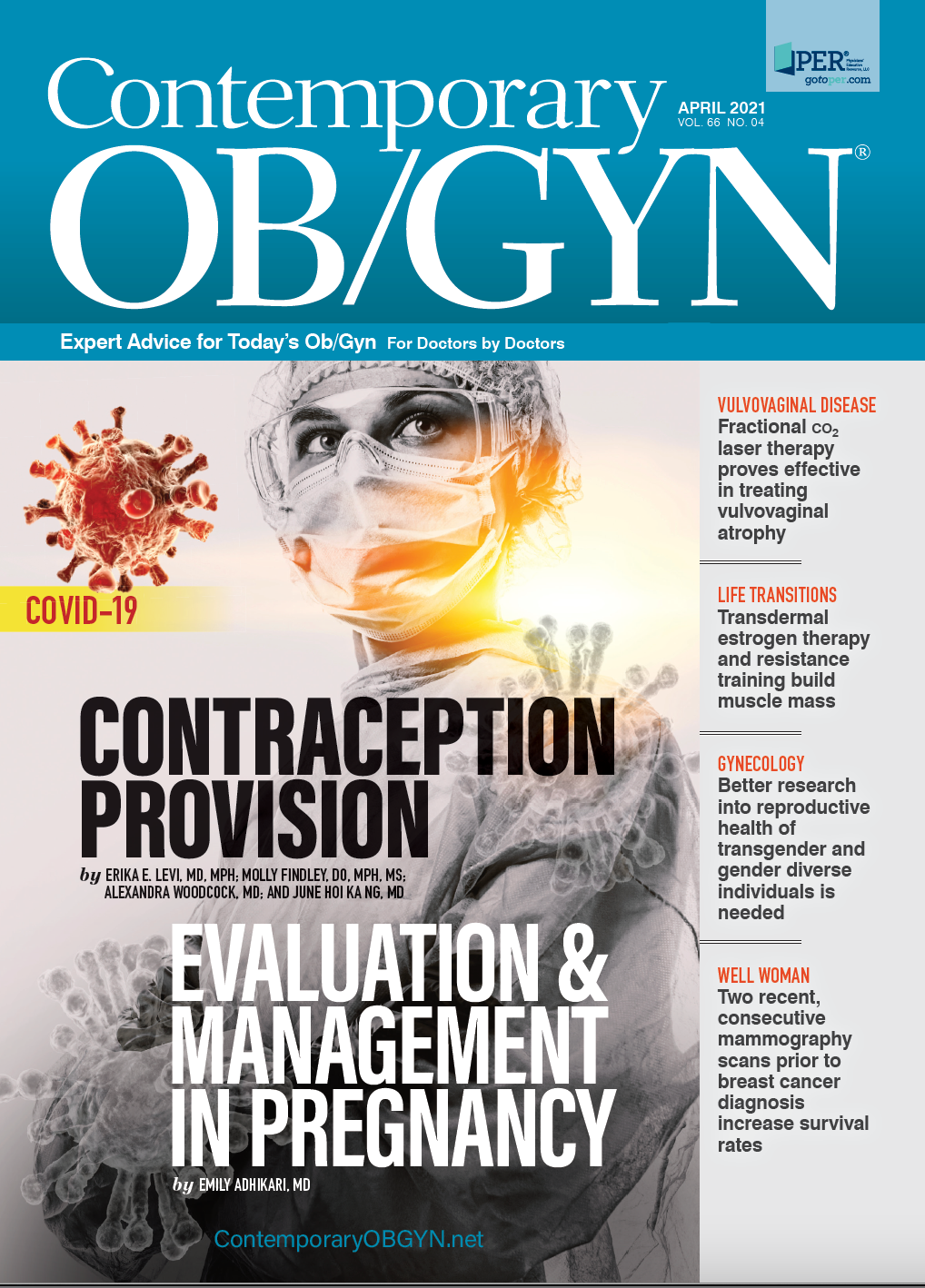AUGS Clinical Consensus Statement: Association of Anticholinergic Medication Use and Cognition in Women With Overactive Bladder
Overactive bladder affects a significant portion of the overall population and has substantial impact on daily activities and quality of life.
This document was originally developed by the American Urogynecologic Society (AUGS) Guidelines Committee with the assistance of Tonya N. Thomas, MD, and Mark D. Walters, MD. This document was updated by the Publications Committee, September 2020.
Abstract
Overactive bladder affects a significant portion of the overall population and has substantial impact on daily activities and quality of life. First-line treatment of overactive bladder includes behavioral therapies, which may be combined with pharmacologic management as indicated. Anticholinergic medications and β-3 agonists are often used as initial pharmacologic therapy, but caution should be taken in prescribing anticholinergic medications in frail or cognitively impaired patients. Recently, additional concerns have emerged regarding prolonged use of anticholinergic medications and the associated risk of cognitive impairment, dementia, and Alzheimer's disease in the general population. Given the available evidence, which has shown significant associations between anticholinergic medication use and increased risk of cognitive impairment and dementia, providers should counsel on the associated risks, prescribe the lowest effective dose, and consider alternative medications in patients at risk.
Key words: overactive bladder, anticholinergic, antimuscarinic, cognitive impairment, dementia
Overactive bladder (OAB) is a clinical diagnosis characterized by urinary urgency, with or without urgency incontinence, usually with increased daytime frequency and nocturia with urinary incontinence (OAB-wet) or without (OAB-dry) in the absence of urinary tract infection or other detectable disease. The overall prevalence of OAB in the general population is as high as 12% to 17%, and it significantly impacts the quality of life of affected individuals.1–5
The underlying pathophysiology of OAB is detrusor overactivity (DO), a urodynamic diagnosis defined by involuntary detrusor contraction during filling cystometrogram.6 In patients desiring treatment for symptoms of OAB/DO, behavioral therapies, including fluid management, bladder training, urge suppression, and pelvic floor muscle strengthening, should be instituted first. If behavioral therapies do not control symptoms, then the American Urological Association and the Society of Urodynamics, Female Pelvic Medicine and Urogenital Reconstruction Guideline on OAB recommends antimuscarinic or β-3 agonists as pharmacologic treatment.7
Trials of different medications in these classes in varying doses are acceptable; however, extended-release formulations are preferred because of lower rates of dry mouth. The guideline does note that clinicians should use caution in prescribing antimuscarinic or β-3 agonists for OAB in frail patients or those with cognitive deficits. The American Urogynecologic Society’s “Choose Wisely” campaign recommends the avoidance of anticholinergic medications to treat OAB in women older than 70 years.8
Recommendations
When behavioral therapies fail and pharmacologic treatment of OAB/DO is considered, providers should counsel on the associated risk of cognitive impairment, dementia, and Alzheimer's disease associated with anticholinergic medications in comparison with the potential benefits related to improvement in quality of life or overall health of the individual patient.
To reduce overall anticholinergic burden, the lowest effective dose should be prescribed, and consideration should be given to alternative medications such as β-3 agonists.
Consideration should be given to changing or decreasing the dosage of other anticholinergic medications that a patient may be taking.
As recommended by the American Urogynecologic Society’s “Choosing Wisely” campaign, use of anticholinergic medications to treat OAB in women older than 70 years should be avoided.
When anticholinergic medications have to be used in elderly patients, consideration should be given to use those that have low potential to cross the blood-brain barrier, recognizing that there are limited clinical data.Third-line therapies such as intradetrusor onabotulinum toxin A or neuromodulation should also be considered in patients not desiring to use medications for OAB/DO because of their adverse effects.
The full PDF of this Clinical Consensus Statement can be found here.
This was created in partnership with the American Urogynecologic Society (AUGS). AUGS was established in 1979 and represents more than 1,900 members, including practicing physicians, nurse practitioners, physical therapists, nurses and health care professionals, and researchers from many disciplines.
__
References
1. Stewart WF, Van Rooyen JB, Cundiff GW, et al. Prevalence and burden of overactive bladder in the United States. World J Urol. 2003;20(6):327-336. doi:10.1007/s00345-002-0301-4
2. Irwin DE, Milsom I, Hunskaar S, et al. Population-based survey of urinary incontinence, overactive bladder, and other lower urinary tract symptoms in five countries: results of the EPIC study. Eur Urol. 2006;50(6):1306-1314. doi:10.1016/j.eururo.2006.09.019
3. Lawrence JM, Lukacz ES, Nager CW, Hsu JWY, Luber KM. Prevalence and co-occurrence of pelvic floor disorders in community-dwelling women. Obstet Gynecol. 2008;111(3):678-685. doi:10.1097/AOG.0b013e3181660c1b
4. Liberman JN, Hunt TL, Stewart WF, et al. Health-related quality of life among adults with symptoms of overactive bladder: results from a U.S. community-based survey. Urology. 2001;57(6):1044-1050. doi:10.1016/s0090-4295(01)00986-4
5. Abrams P, Kelleher CJ, Kerr LA, Rogers RG. Overactive bladder significantly affects quality of life.Am J Manag Care. 2000;6 (suppl 11):S580-S590.
6. Haylen BT, de Ridder D, Freeman RM, et al. An International Urogynecological Association (IUGA)/International Continence Society (ICS) joint report on the terminology for female pelvic floor dysfunction. Int Urogynecol J. 2010;21(1):5-26. doi:10.1007/s00192-009-0976-9
7. Gormley EA, Lightner DJ, Faraday M, Vasavada SP; American Urological Association; Society of Urodynamics, Female Pelvic Medicine. Diagnosis and treatment of overactive bladder (non-neurogenic) in adults: AUA/SUFU guideline amendment. J Urol. 2015;193(5):1572-1580.
8.Ten things physicians and patients should question. American Urogynecologic Society. Accessed September 17, 2020. https://www.augs.org/assets/1/6/AUGS_10things_List_Draft_1.pdf

Prophylactic methylergonovine reduces blood loss in twin cesarean delivery
February 24th 2025A recent study found that administering prophylactic intramuscular methylergonovine after umbilical cord clamping significantly reduces intraoperative blood loss and hemoglobin drop in twin cesarean deliveries.
Read More
